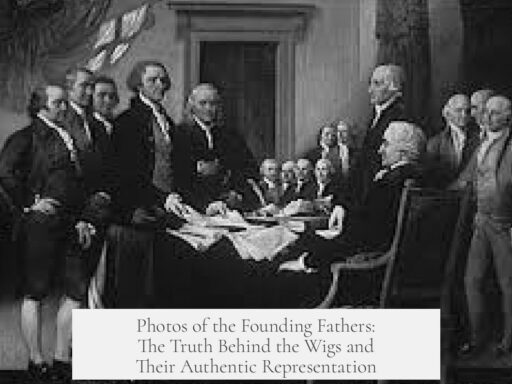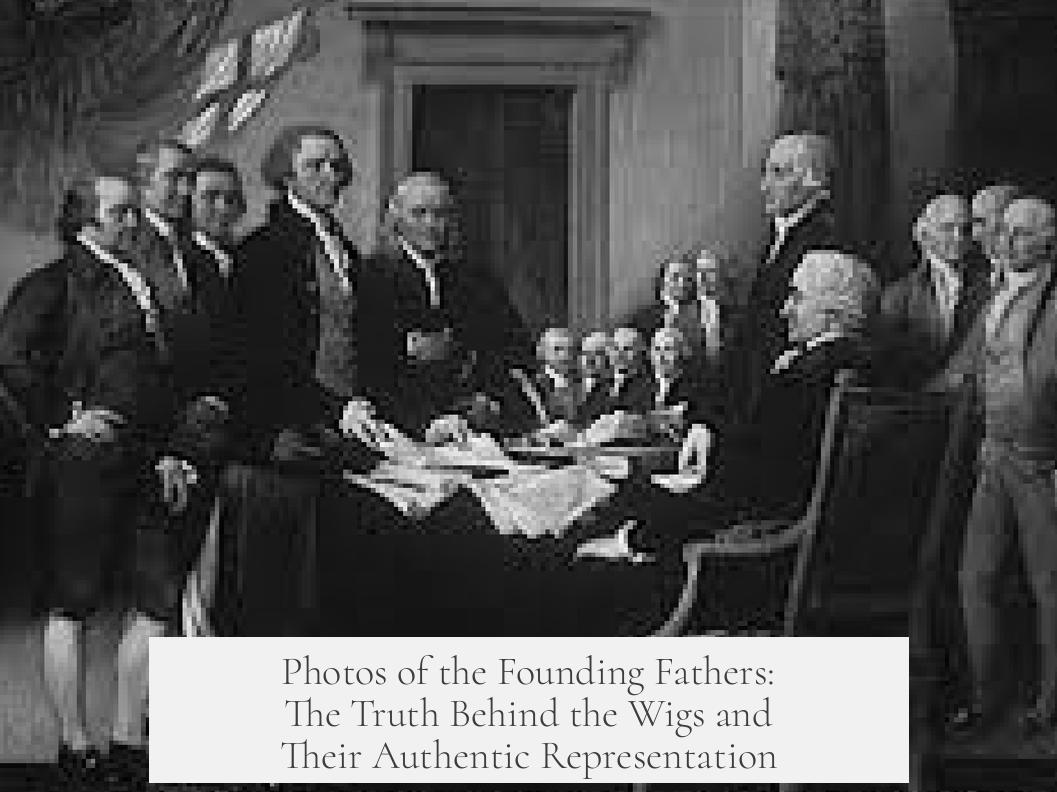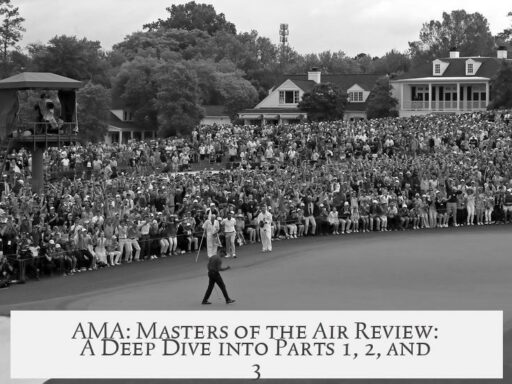Photos of the founding fathers without wigs do not exist, as no authentic period images show them without properly styled hair or wigs. Portraits from the 18th century always depict them in formal attire with hair carefully arranged or covered by wigs. This reflects the era’s customs and presentation standards.
George Washington never wore a wig. He styled his natural hair using pomade and powder, as was common. His hairstyle mimicked the formal look wigs offered, shaped and powdered for a refined appearance. Thomas Jefferson sometimes wore wigs but also styled his own hair similarly. Both relied on elaborate haircare rather than wigs alone.
At that time, hair styling involved treatments like pomades and powders, analogous to today’s hair care products. Even without wigs, hair was cut and styled formally. The goal was neatness and polish in public appearances.
Since portraits served as formal records, no subject would be painted in casual or “bare” hair. This means images showing these figures without wigs or stylized hair do not survive. Visual portrayals of men with bare heads during the era mainly appear in barbershop scenes or satirical prints. However, these are rarely portraits of named individuals and often focus on humor or social commentary rather than accuracy.
Modern digitally altered images that remove wigs from founding fathers exist online but lack historical authenticity. They are artistic or speculative recreations rather than evidence of true appearances.
- George Washington styled natural hair, never wore wigs.
- Thomas Jefferson alternated between wigs and natural styles.
- Wigs and elaborate haircare created formal looks, consistent in portraits.
- No authentic images show founding fathers without styled hair or wigs.
- Modern wig-free images are digital fabrications, not historical facts.
Photos of the Founding Fathers Without the Wigs? Let’s Uncover the Truth
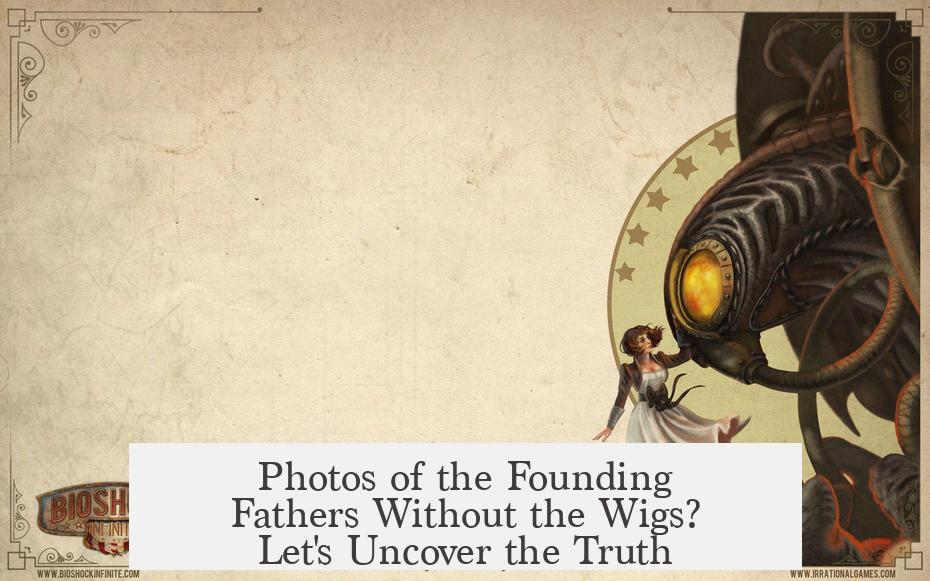
If you’ve ever wondered what photos of the Founding Fathers without their wigs look like, you’re not alone. It’s a common curiosity. Most of us picture George Washington or Thomas Jefferson sporting those iconic powdered wigs, clocking serious colonial cool. But here’s an eye-opener: George Washington never wore a wig. Shocking, right?
Before you start picturing Washington’s hair flowing under a tricorn hat, let’s dive into the facts. These gentlemen didn’t always parade around with those large, white, curly wigs plastered on. They actually styled their real hair, using some pretty sophisticated 18th-century haircare practices. So, what do “photos” of the Founding Fathers without wigs look like? Let’s unpack it all.
Wigs? Sometimes Yes. Sometimes No

First off, wigs were a fashion staple in the 1700s. But it was not a rigid rule for these iconic patriots. George Washington, contrary to popular belief, did not wear a wig. He styled his natural hair meticulously, using pomade and powder—think of it as the old-school equivalent of today’s hair gel and hair spray combo. Pomading and powdering the hair gave it that signature sheen and volume.
On the other hand, Thomas Jefferson played a bit of a wig game. He wore wigs occasionally — but only some of the time. So yep, Jefferson alternated between rocking natural hair and sporting powdered wigs. Either way, both men believed in elaborate hair styling that made the natural hair have the effect wigs usually created.
Styling Without Wigs: What Did That Look Like?

Now, imagine the Founding Fathers without wigs, but not just with ordinary, everyday hair. They likely kept their hair cut very short or styled it in a formal manner akin to what wigs would offer. The goal wasn’t casual messy hair days. Their hairstyles maintained a polished, dignified look — think of a top-notch businessman’s neat haircut that commands respect.
In fact, during the 18th century, haircare involved a fair bit of effort. Pomades nourished and held hair, powders added volume and brightness, and styles were set just right to meet the high bar of societal expectations. Wearing a wig or styling natural hair was just a choice on the same hairstyle spectrum. The look was a statement, not a convenience.
So, Why Don’t We See Authentic Images Without Wigs?
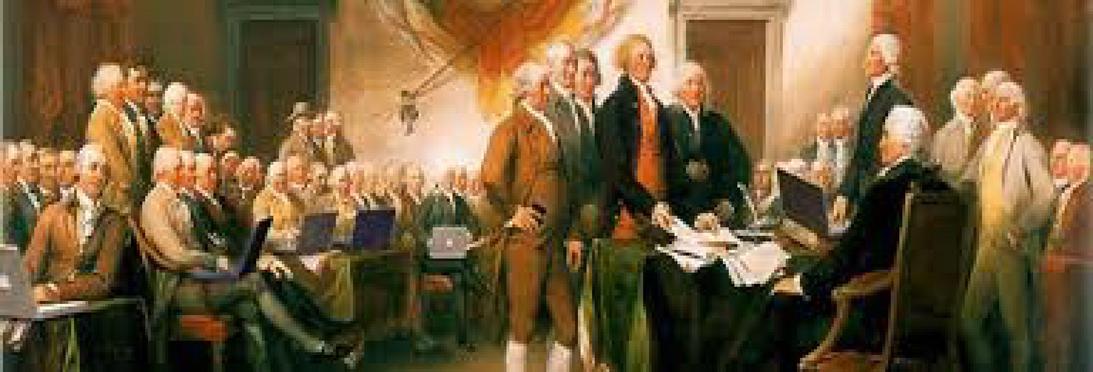
Here’s the kicker. The only images we have of the Founding Fathers are formal portraits. And no one, especially these patriots, would sit for a portrait in an unkempt or “unfinished” state. That means these official paintings almost always show them with either a wig or perfectly styled natural hair.
Visual evidence of any founder with bare, unstyled hair simply doesn’t survive. We have no historic photographs or portraits capturing a casual hairstyle moment. This was an era where appearances were crafted with care for public representation. Nothing less than perfection was painted.
That scarcity explains why anyone searching for photos or portraits of Founding Fathers without wigs or styled hair will come up short. It’s less about conspiracy, more about social norms and portrait traditions.
What About Bare-Headed Depictions? Barbershop Scenes and Satire
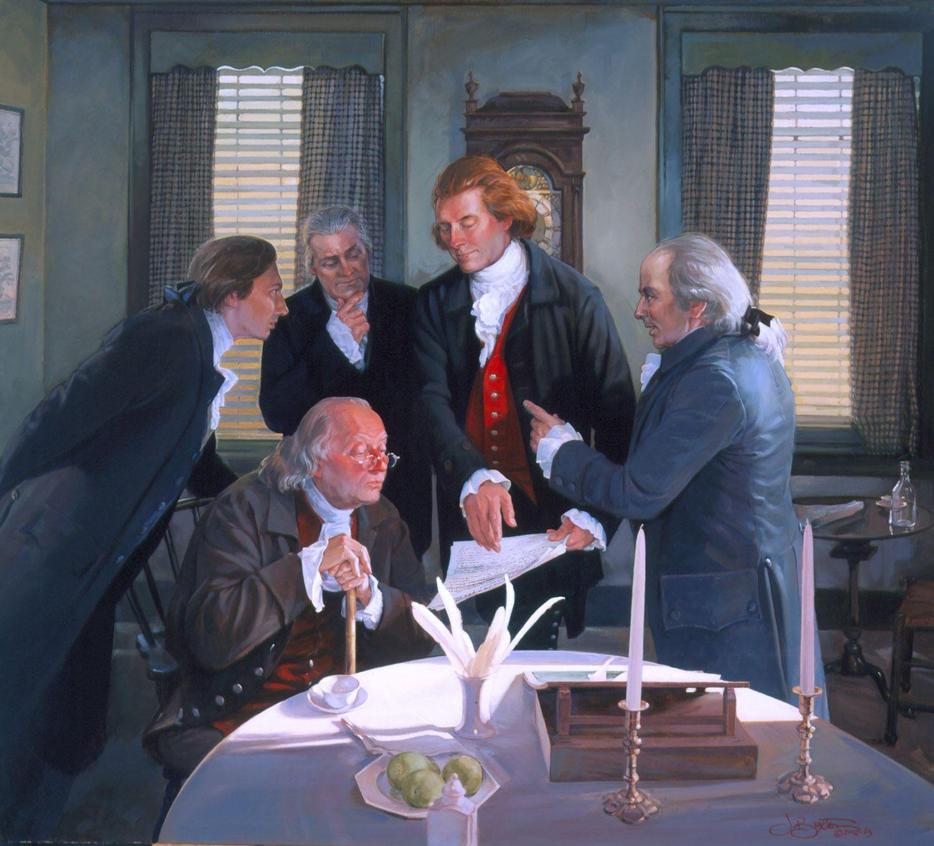
You might have seen images of men in barbershops, or comical satires from the 18th century showing men with their hair undone or even bald. These illustrations capture the reality of haircare as a process. But here’s the catch: these are rarely, if ever, portraits of famous individuals. They represent the typical guy, not George Washington chatting without his wig.
Sometimes, caricatures and political satires mock famous figures with altered hair for laughs. Remember, satire’s job is humor, not a faithful hair documentary. Therefore, these images can’t be trusted to show a realistic bare-headed Founding Father.
Modern Photoshop and Its Illusions
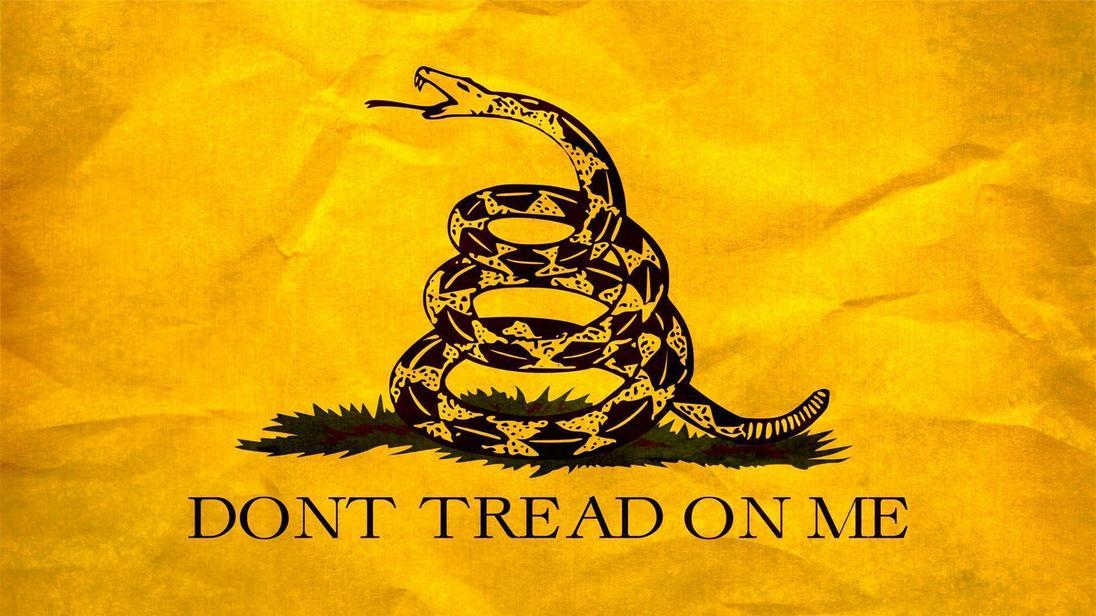
Fast forward to today. You’ll find digitally altered images floating around the internet showing the Founders sans wigs. These photoshop jobs can be clever or downright hilarious, revealing faces with modern hairstyles, or even bald, exposing what might lie under the famous curls and curls of powder.
But let’s be clear: these modern creations aren’t historical evidence. They’re creative guesses, and sometimes jokes. They have no place in academic history but do serve to entertain or spark curiosity.
What Can We Actually Learn From All This?
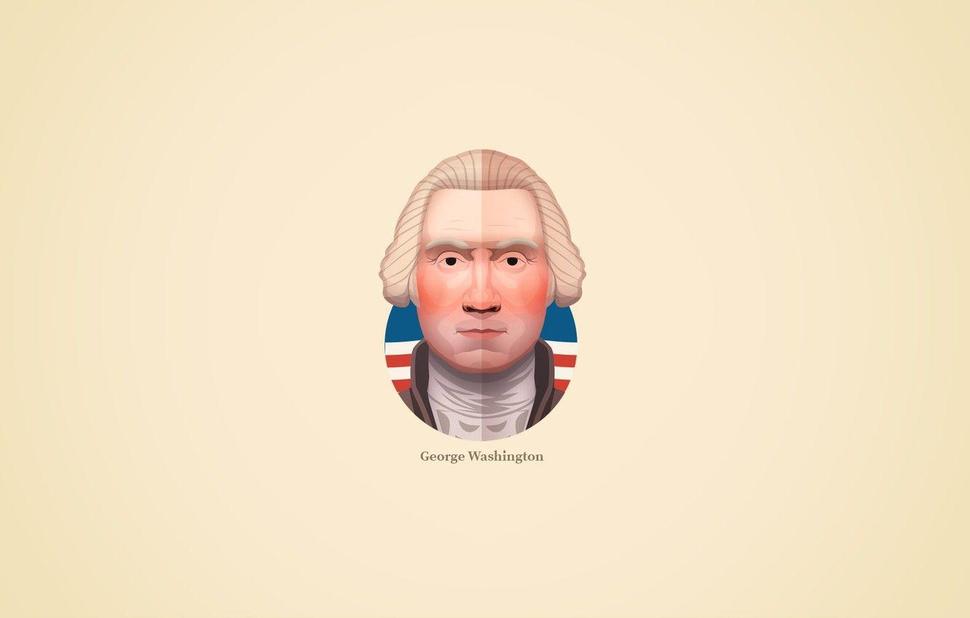
This insight into wig-wearing — or not — tells us much about 18th-century style and social customs. The Founding Fathers valued their appearance. If wigs were the top fashion, they wore them; if styling natural hair sufficed, they did that instead.
This flexibility challenges the stiff image we often hold of them. It makes the Founders a bit more human, a little less theatrical and more practical. Who knew George Washington was rocking real hair all along? And Thomas Jefferson wasn’t always glued to a powdered wig? That’s some fresh perspective.
For the history buffs, artists, or anyone curious, looking at these men without the wigs reveals the layers behind their polished public personas. It offers a peek into grooming rituals that were as elaborate and important as statecraft.
Final Thoughts
So, about those photos of the Founding Fathers without wigs? The honest answer is we have none, strictly speaking. However, we know Washington styled his natural hair, and Jefferson sometimes forewent wigs. Their haircare was intricate and deliberate, leaving the “bare head” an elusive historical mystery.
These findings push us to rethink the iconic images and the wigs that grace them. Next time you see a stately portrait, picture the man beneath — likely sporting a perfectly styled natural hairdo or a well-chosen wig, both symbols of 18th-century elegance.
Ever wondered how the Founders might look in today’s barbershop, sans wig? Maybe that’s a story for another post, but for now, remember: the wig is only half the story.
